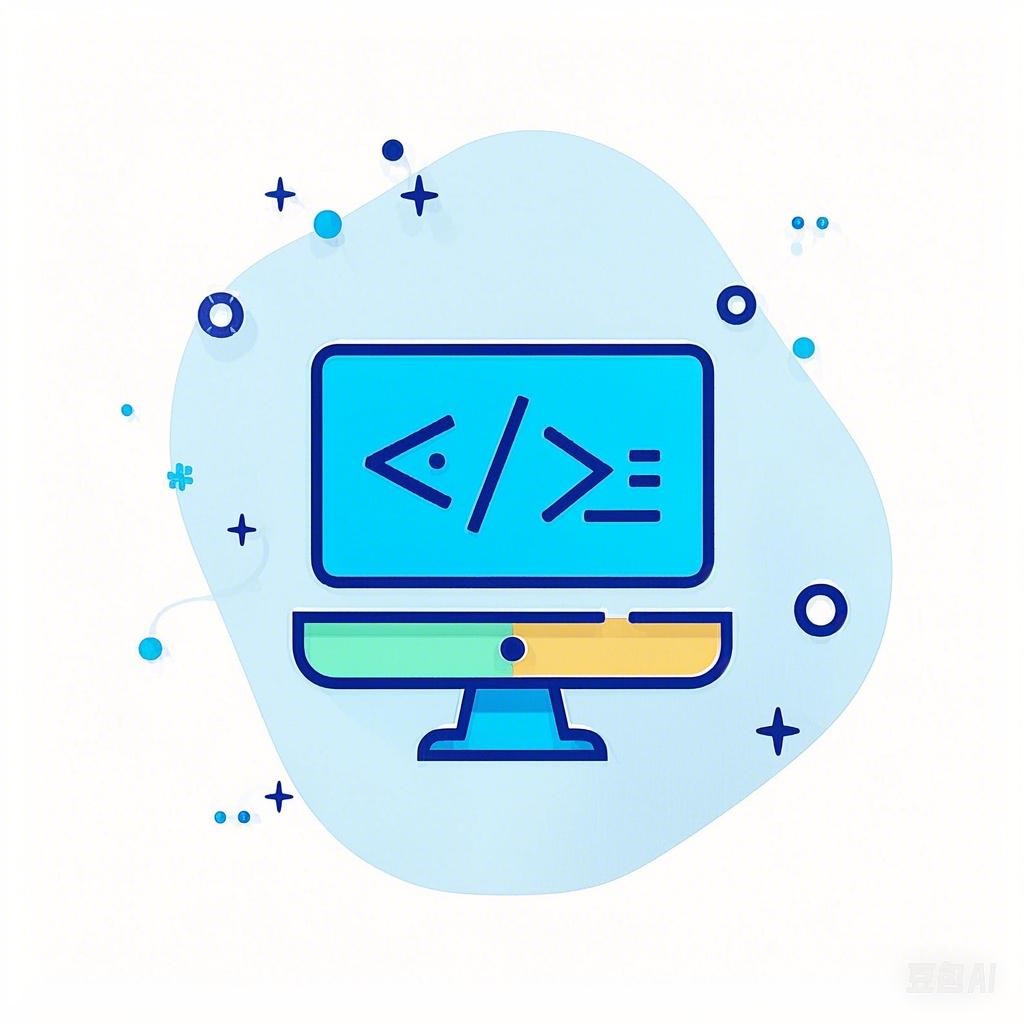Introduction
In today’s digital age, coding has become an essential skill for many professions. However, traditional text-based programming can be daunting for beginners. Visual programming offers an alternative approach, allowing users to create programs using graphical elements and interfaces. This article delves into the world of visual programming, exploring its benefits, applications, and how it can unlock the power of coding for individuals of all skill levels.
What is Visual Programming?
Visual programming is a method of computer programming that uses graphical elements, such as flowcharts, diagrams, and icons, to represent logic and algorithms. Instead of writing lines of code, users connect these elements in a logical sequence to create a program. This approach makes it easier for beginners to understand and implement complex concepts.
Benefits of Visual Programming
1. Accessibility for Beginners
Visual programming is particularly beneficial for beginners who may not have a strong background in computer science or mathematics. The graphical nature of visual programming languages (VPLs) allows users to focus on the logic of their programs without getting bogged down by the syntax of traditional programming languages.
2. Increased Productivity
VPLs can significantly increase productivity, as they eliminate the need to memorize complex syntax and enable users to quickly prototype and iterate on their ideas. This makes visual programming an excellent tool for educators, designers, and hobbyists alike.
3. Enhanced Collaboration
Visual programming can facilitate collaboration among team members with different backgrounds. By using a common graphical language, team members can easily communicate and understand each other’s ideas, leading to more efficient development processes.
Common Visual Programming Languages
1. Scratch
Scratch is a popular visual programming language designed for children and beginners. It uses a block-based interface, allowing users to create interactive stories, games, and animations by dragging and dropping blocks that represent code.
when Green Flag clicked
set x position to 100
set y position to 100
2. Blockly
Blockly is an open-source visual programming language developed by Google. It can be used to create custom blocks for various programming languages, including JavaScript, Python, and PHP. Blockly is particularly useful for creating interactive educational tools and websites.
Blockly.Blocks['set_x_position'] = {
init: function() {
this.setHelpUrl('');
this.setColour(60);
this.appendValueInput('X')
.setCheck('Number')
.appendField('Set X position to');
this.appendValueInput('Y')
.setCheck('Number')
.appendField('Set Y position to');
this.setPreviousStatement(true);
this.setNextStatement(true);
this.setInputsInline(true);
this.setTooltip('');
}
};
3. LabVIEW
LabVIEW is a graphical programming language developed by National Instruments. It is widely used in engineering, science, and automation. LabVIEW allows users to create programs by wiring together functional blocks, making it an excellent choice for designing complex systems.
Control Reference
X Position : 100
Y Position : 100
Control Reference
Set X Position to X Position
Set Y Position to Y Position
Applications of Visual Programming
Visual programming is used in various fields, including:
1. Education
Visual programming languages are widely used in educational settings to teach children and adults the basics of computer science and programming. They help students develop logical thinking and problem-solving skills in a fun and engaging way.
2. Game Development
Many game development platforms, such as GameMaker Studio, use visual programming to allow designers and artists to create games without needing to write extensive amounts of code.
3. Robotics
Visual programming is also used in robotics, allowing engineers to create control systems for robots using graphical elements instead of traditional programming languages.
Conclusion
Visual programming is a powerful tool that can unlock the power of coding for individuals of all skill levels. By using graphical elements and interfaces, visual programming languages make it easier to understand and implement complex concepts, leading to increased productivity and collaboration. As the demand for coding skills continues to grow, visual programming will likely play an increasingly important role in shaping the future of technology.
